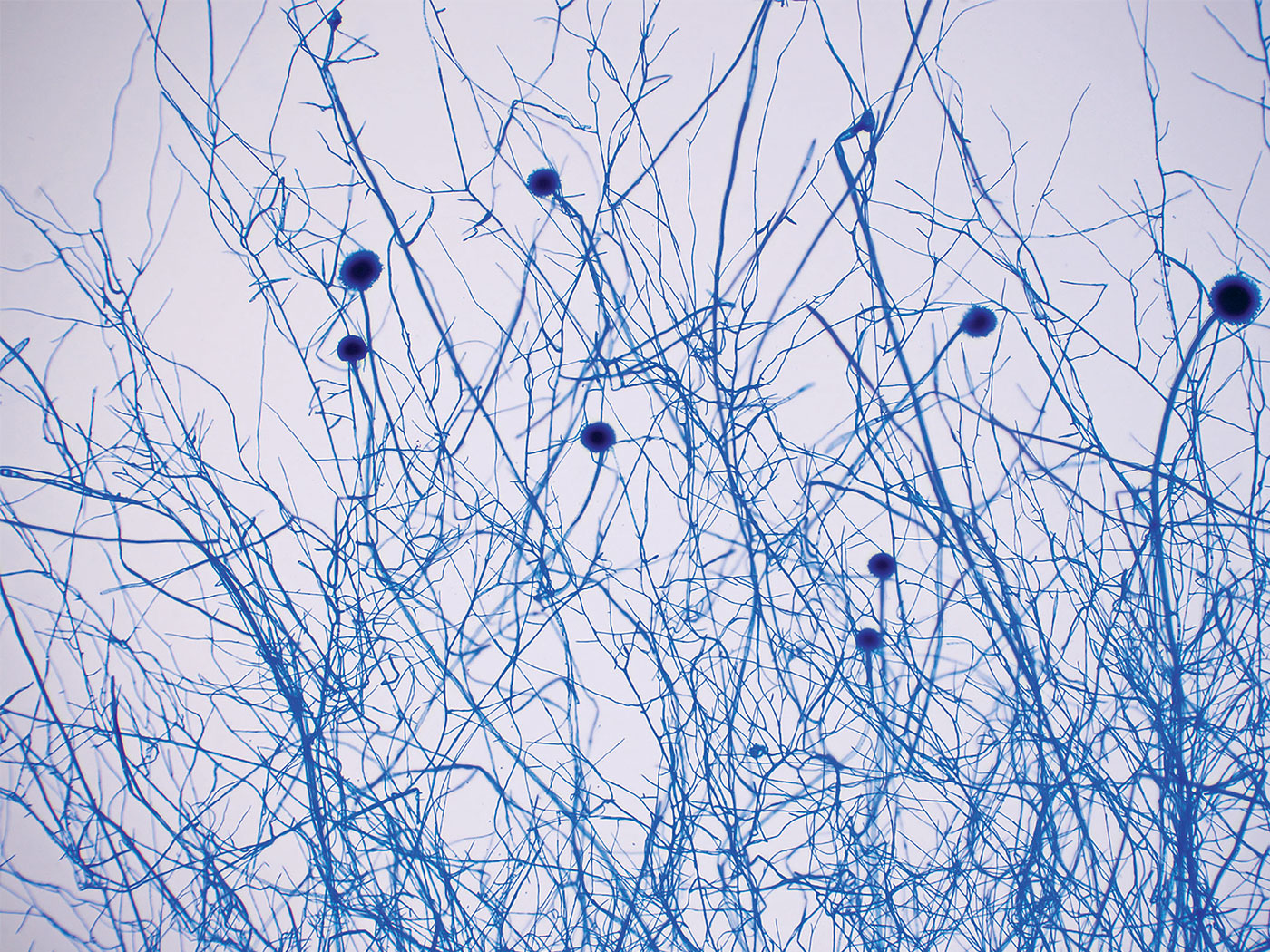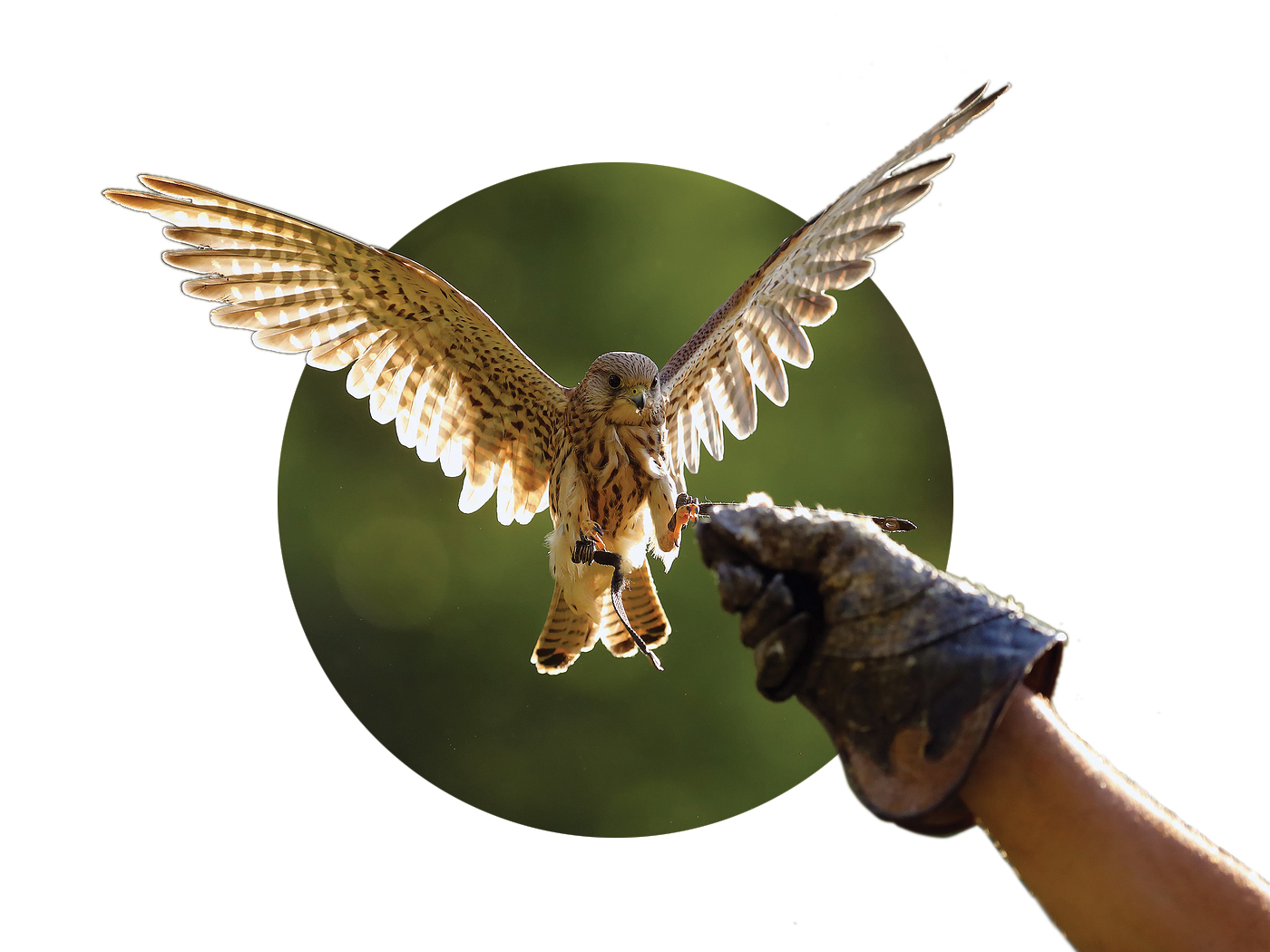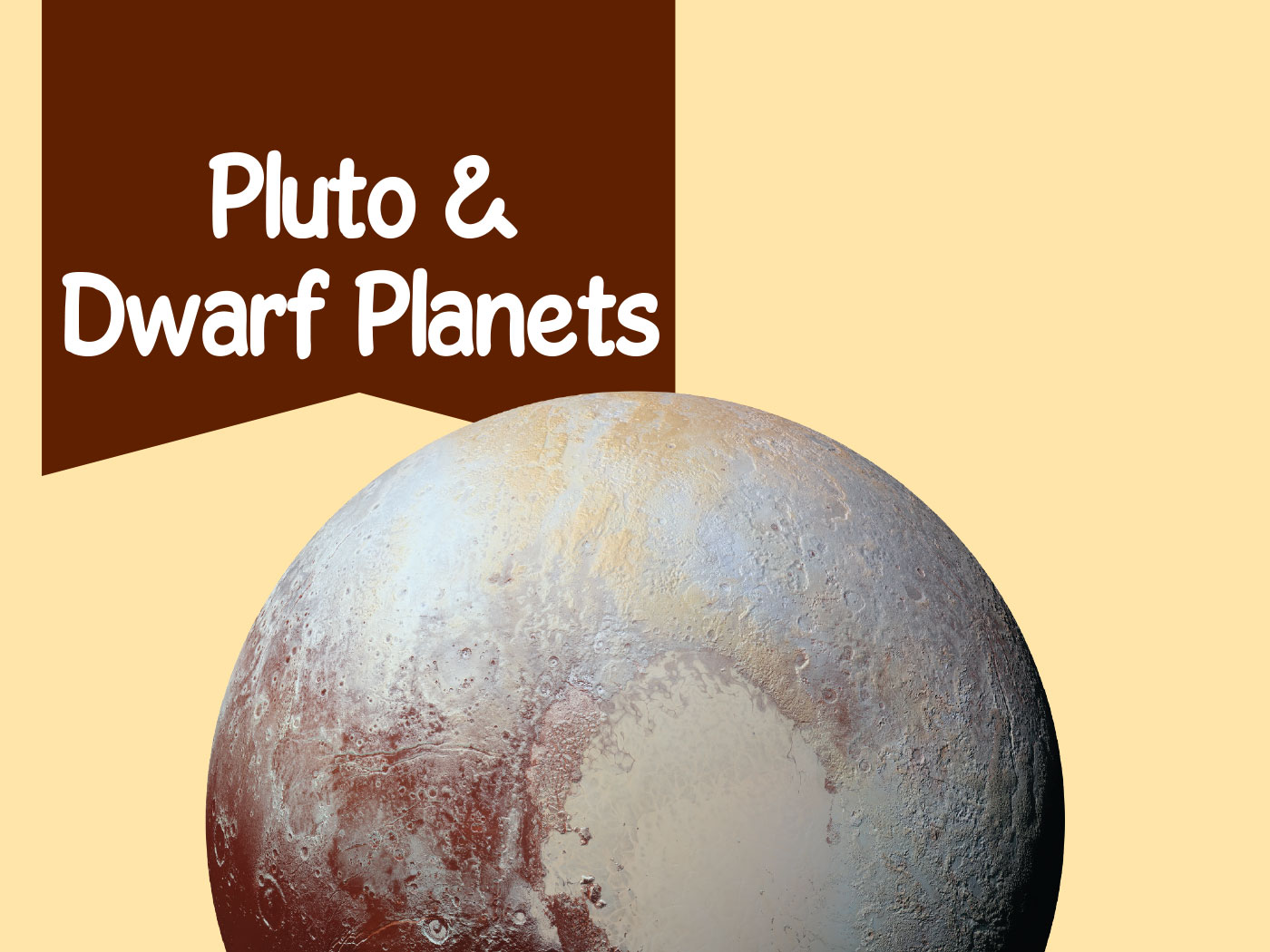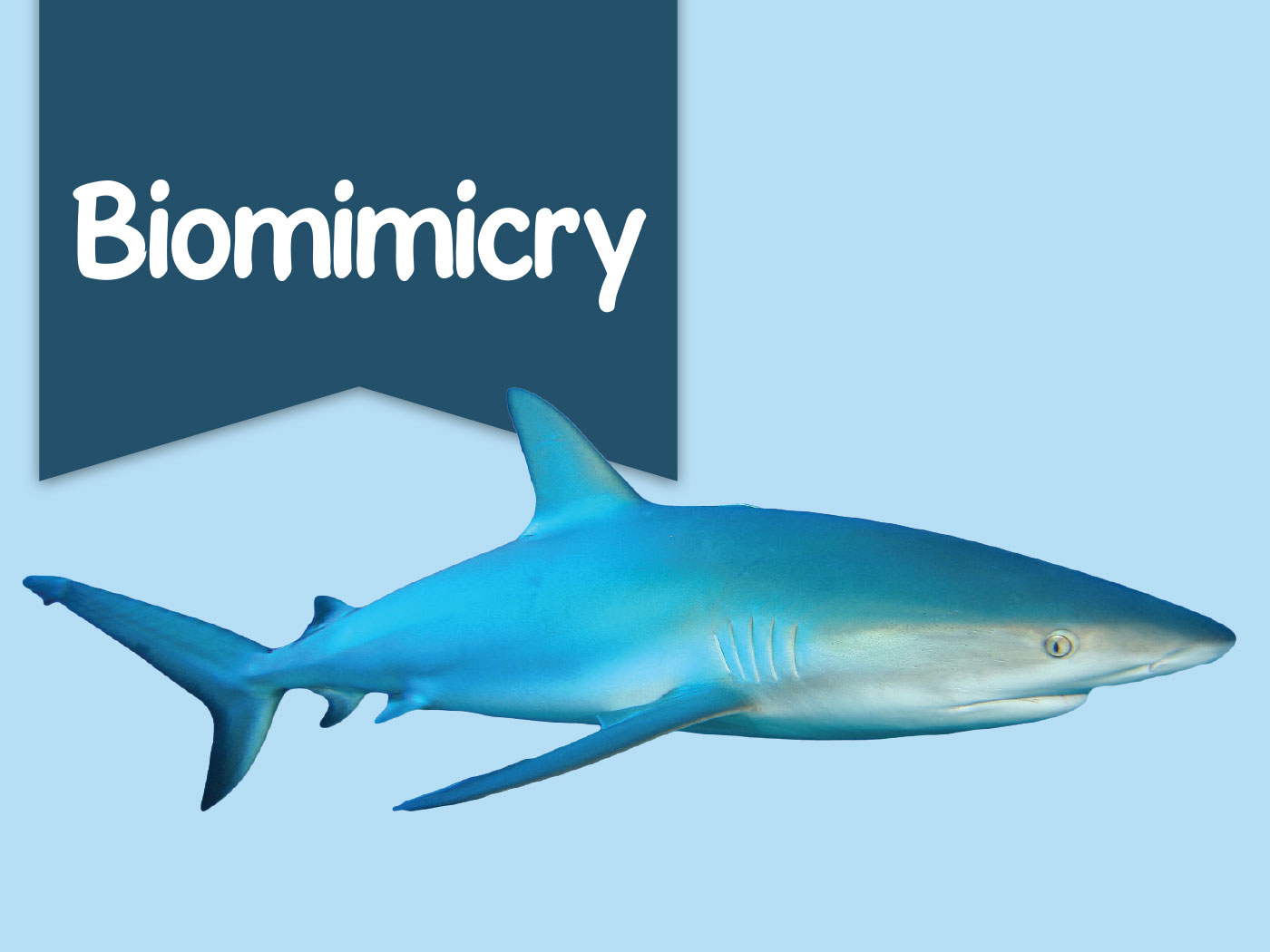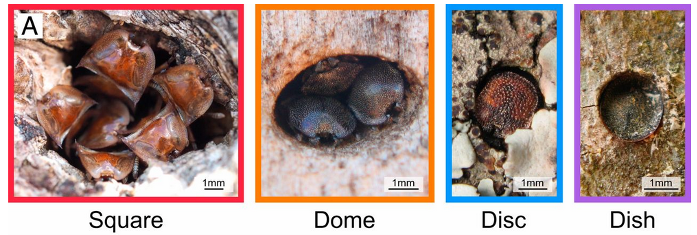
When considering how these differently shaped ants heads originated in over 100 species of turtle ants, at least three interesting questions arise: Is there evidence that these different species descended from a common ancestor? Do the differences in the shape of their heads affect how turtle ants colonize new territories? Is the development of diverse head shapes consistent with classical evolutionary theory?
For Darwin, if adaptation was going to be consistent with his theory, then it needed to conform to three characteristics: copious variation in traits, small in extent (i.e., gradual), and undirected.2 In addition, classical evolutionary theory predicts that the trajectory of change is one-way, which means that it is irreversible. The tenet of irreversible evolution is known as “Dollo’s Law.”3
The title of Powell’s article, “Trait Evolution is reversible, repeatable, and decoupled in the soldier caste of turtle ants,”1 should be quite a shock to evolutionary theorists. Genetic analysis of the diverse species did indicate they descended from a common ancestor, but not as would be characterized by evolutionary theory. The researchers found “repeated evolutionary gains and losses of the four morphotypes were reconstructed consistently across multiple analyses,” and “multiple model-fitting approaches suggested that soldier head size evolution is best explained by a process of divergent pulses of change.”
Can a better model replace classical evolutionary—a theory that is consistent with the abundant discoveries in recent biological research?
In 2017, ICR began to develop an engineering-based, organism-focused model of adaptation known as Continuous Environmental Tracking (CET).4 It postulates that what creatures actually appear to be doing is tracking changes in external conditions utilizing many internal mechanisms. These innate systems use the same well-matched elements underlying the self-adjustable property of human-engineered tracking systems. These are (1) input “sensors” to gather data on external conditions, (2) internal programming specifying reference values and “logic segments” which compares input data to a reference and selects a suitable response, and (3) output “actuators” to execute responses.
Very similar to Powell’s conclusion, but several years earlier, ICR’s article went on to say,
These recently outlined internal mechanisms [citing biological research] have some surprising characteristics. These innate mechanisms yield results that are regularly described as “regulated,” “rapid,” very often “repeatable,” and, surprisingly at times, even “reversible”—words that fit the outcomes of engineered systems.”
Our research concluded,
When researchers see recurrent, similar categories of change that are described as being regulated, rapid, and repeatable, they should recognize them as corresponding to distinctive expectations of design…this would imply that both internal form and adaptability are governed by internal systems. Thus, the total validity of Darwin’s externalistic theory itself, not merely its sufficiency, is challenged by the reality of intelligent design.
Powell’s research team didn’t describe how rapid the change in head shape for turtle ants could occur. But, remarkably, they did find a broad range in head sizes (within each type of head shape) that seem to match the size of hole left by different wood boring beetles. They also found that head size for soldier ants is expressed independently of, or “decoupled” from, queen ant morphology. This means that “species with similar queen phenotypes can evolve [i.e., “adapt”] substantially different soldier head sizes, and thus fill differentiated nesting niches.”5 Thus, we see that over time the variable trait for head size facilitates diverse populations of turtle ants fit and fill the unique sizes and shapes of bore holes. From an engineering perspective, these populations could be seen as closely tracking, through time, the variable environmental conditions of bore hole size.
Powell’s thought-provoking conclusion is that, “These findings reshape our understanding of caste evolution, rejecting a stable, directional process in favor of a dynamic process of adaptive fitting between phenotype and environment.” His findings fit the CET model of adaptation so well that they constitute good evidence to justify not simply reshaping our understanding of evolution but replacing Darwin’s model with CET.
More work needs to be done to find the innate mechanism that enable changes in head shape and size and to nail down how fast it can happen. Appeals to mystical “selection pressures” will only sidetrack accurate explanations. After all, how many soldier ants would have to die through a trial-and-error process before one is discovered with the right head size to fit a new nest’s borehole entrance variable size? And even then, that soldier ant and won’t pass on its traits to other soldier ants, as only the queen’s genes are inherited by the colony. What is more likely to be discovered is a highly regulated internal mechanism that enables rapid, repeatable, and reversible adjustments of traits to conditions…a mechanism that reveals the incomparable engineering genius of the Lord Jesus Christ (Romans 1:20).
References
1. Powell, S. et al. 2020. Trait evolution is reversible, repeatable, and decoupled in the soldier caste of turtle ants. Published at pnas.org on March 9, 2020, accessed March 13, 2020.2. Gould, S. J. 2002. The Structure of Evolutionary Theory. Cambridge, MA: Harvard University Press, 141-145. See also, Guliuzza, R. J. 2018. Engineered Adaptability: Adaptive Changes Are Purposeful, Not Random. Acts & Facts. 47 (6): 17-19.
3. Guliuzza, R. J. 2016. Major Evolutionary Blunders: Breaking Dollo’s Law. Acts & Facts. 45 (7): 16-18.
4. Guliuzza, R. J. 2017. Engineered Adaptability: Arriving at a Design-Based Framework for Adaptability. Acts & Facts. 46 (8): 17-19. See also, Guliuzza, R. J. and P. B. Gaskill. 2018. Continuous environmental tracking: An engineering framework to understand adaptation and diversification. In Proceedings of the Eighth International Conference on Creationism, ed. J.H. Whitmore. Pittsburgh, Pennsylvania: Creation Science Fellowship, 158–184.
5. Powell, Trait evolution is reversible, emphasis added.
* Dr. Randy Guliuzza is ICR’s National Representative. He earned his M.D. from the University of Minnesota, his Master of Public Health from Harvard University, and served in the U.S. Air Force as 28th Bomb Wing Flight Surgeon and Chief of Aerospace Medicine. Dr. Guliuzza is also a registered Professional Engineer.




